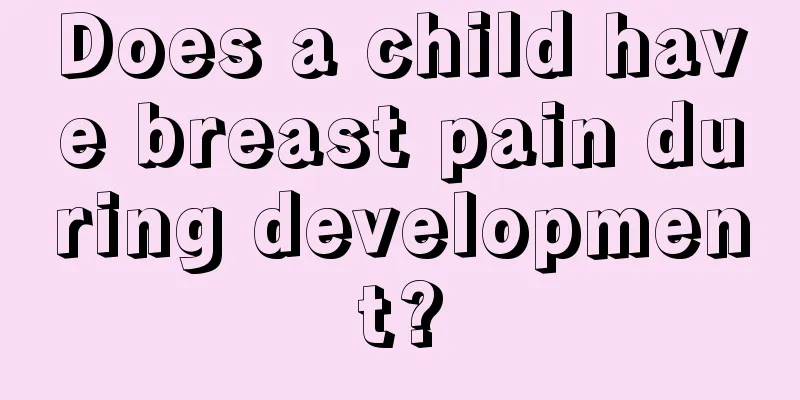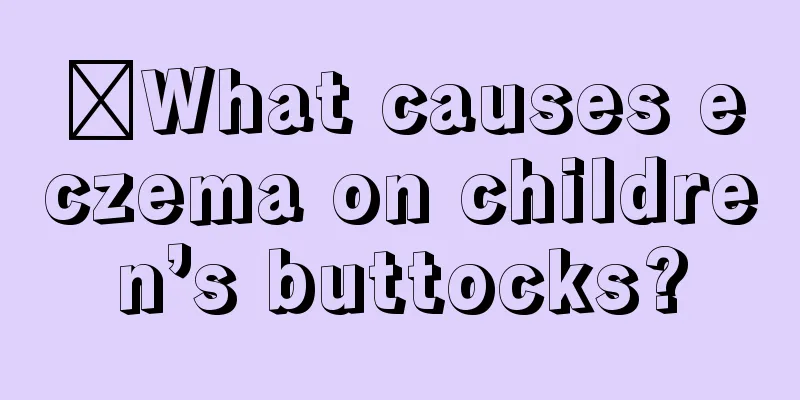Papular urticaria in children

|
Children often receive vaccinations when they are young in accordance with national requirements, which are all for the prevention of certain diseases. We often hear about children's urticaria, especially the papular urticaria which is relatively serious. Therefore, as parents, we should do more preventive work. One of the main symptoms is a rash on the skin, and you should seek medical attention immediately. Children's illnesses often complete within a day, so we can judge whether the child is sick by the symptoms that appear on the skin. Next, let us take a detailed look at the relevant introduction of papular urticaria in children through this article. The main manifestation of this disease is the appearance of skin rash, which is spindle-shaped, edematous red papules. They start out as small granular papules and then develop into soybean to peanut size. Sometimes there are blisters in the center of the papules, and blood blisters can occasionally be seen. There is an obvious red halo around them. The rash often appears in batches, often on the back, limbs, and is clustered or scattered. The rash is extremely itchy and easily erodes after scratching, leading to secondary infection. The rash of a single lesion disappears in about 7-10 days, leaving light brown pigmentation. New lesions often occur continuously, so rashes of different stages can be seen on the skin of the same person. According to Chinese medicine diagnosis, the rash appears in batches, the papules are red, hard like grains, there is obvious itching, the patient cries and is restless, the tip or edges of the tongue are red, or there is aversion to wind and fever, nasal congestion and runny nose, red and sore throat, and cough. This is a syndrome of wind-heat stagnation. If the rash is relatively large, with blisters on it, obvious itching and pain, yellow face and irritability, or mental fatigue, irregular bowel movements, yellow and red urine, loss of appetite, red tongue with yellow greasy coating, it is a syndrome of damp-heat stagnation. The disease has lasted for a long time, with recurrent rashes that are red and itchy, thirst and bad breath, occasional abdominal pain, dry and hard stools, teeth grinding at night, loss of appetite, and a red tongue with thick and greasy yellow coating. These are symptoms of stagnation and accumulation of heat. The diagnosis can be made mainly based on the clinical manifestations. Papular urticaria needs to be differentiated from varicella, the latter of which often occurs on the trunk, proximal limbs, head and face, and the oral mucosa is often involved. The lesions do not show wheal-like rashes, and no tension blisters occur. The patient may not feel itchy or feel mild itching, but often has systemic symptoms such as low-grade fever. To differentiate papular urticaria from urticaria, the former is not a simple wheal, but a mixed lesion, namely wheal papules or wheal blisters. Through the detailed introduction of this article, we can learn more about childhood urticaria and understand the main symptoms and characteristics of this disease. It is convenient for parents to identify the occurrence of diseases in a timely manner in daily life. If adverse symptoms are found in daily life, they should seek medical attention in time and listen to the doctor's advice. |
<<: Acute urticaria in children
>>: Precocious puberty in infants
Recommend
One-year-old baby has a pimple on the back of his head
Those who have babies at home know that parents a...
Are there any side effects to children's motion sickness medicine?
In life, some children suffer from motion sicknes...
What should I do if my baby has a hot head and body?
The physical health of a baby is the most importa...
What should I do if my child has urticaria and fever?
Urticaria is a very common skin disease, of cours...
What to do if children's tonsils are often inflamed
Tonsillitis in children is a common disease among...
What to do if the baby does not drink breast milk
The time when a baby is just born is a critical p...
Symptoms and gait of hypertonia in children
When it comes to the medical condition of "h...
What is the reason for the hard stool of eight-month-old baby?
In the hot summer. It is the season when liver fi...
What to do if your baby has diarrhea after catching a cold
In the hot summer, it seems very hot and it is im...
The reason why children's palms are hot
Hot palms are a common phenomenon nowadays, becau...
Frequent hiccups in newborns
Unlike adults, the stomach of a newborn is horizo...
What should I do if my baby has coffee spots on his face?
The skin on the baby's face is relatively del...
Why does my child sweat profusely? Beware of calcium deficiency factors!
Parents, please pay attention. If you find your c...
Why is the child's breathing uneven?
When a new life is born, what we are most concern...
What to eat if baby poop is brown
As we all know, parents can judge whether their b...









